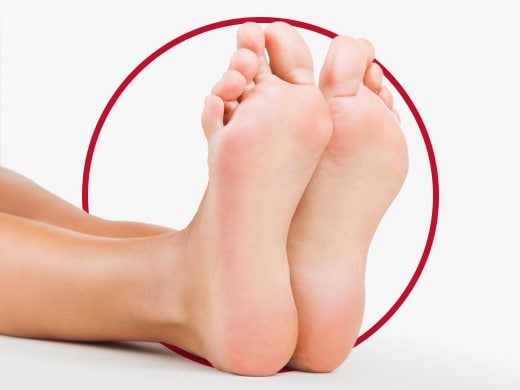Foot and skin hygiene
(alipunga)(hadhad)(buni)
skin
fungal skin infections.
skin
-
-
-
-
and air them out, as well as let your feet "breathe"
Simple hygiene habits that can help prevent fungal skin infections from spreading
Fungal skin infections are highly contagious, so it is important to prevent them from spreading to other parts of the body or to other people. Some people are more vulnerable than others and can catch it more quickly, some never get it even if they have a daily contact with person who is affected. Simple hygiene habits can help you prevent fungal skin infections from spreading.
-
Wash and dry your hands thoroughly after contact with the infected part, after applying a antifungal treatment, or after touching objects and surfaces that might be infected.
-
Stay away from public places where you may be more likely to spread the infection.
-
Use your own personal items, don’t share clothes, shoes, towels or bed sheets.
-
Use different towels for the infected areas and for the rest of your body.5
REFERENCES:
- What Are the Risk Factors for Toenail Onychomycosis?, in: Ghannoum, M. & Isham, N. (2014). Fungal Nail Infections (Onychomycosis): A Never-Ending Story? PLoS Pathogens, 10(6). doi: 10.1371/journal.ppat.1004105
- https://www.nhs.uk/conditions/athletes-foot/
- How you can help treat and prevent athlete's foot yourself, in: https://www.nhs.uk/conditions/athletes-foot/
- Preventing fungal nail infections, in: https://www.nhs.uk/conditions/fungal-nail-infection/
- Preventing fungal nail infections, “do” and “don’t” in: https://www.nhs.uk/conditions/fungal-nail-infection/
ASC Reference No.: B146N050721CS, B147N050721CS, B148N050721CS




